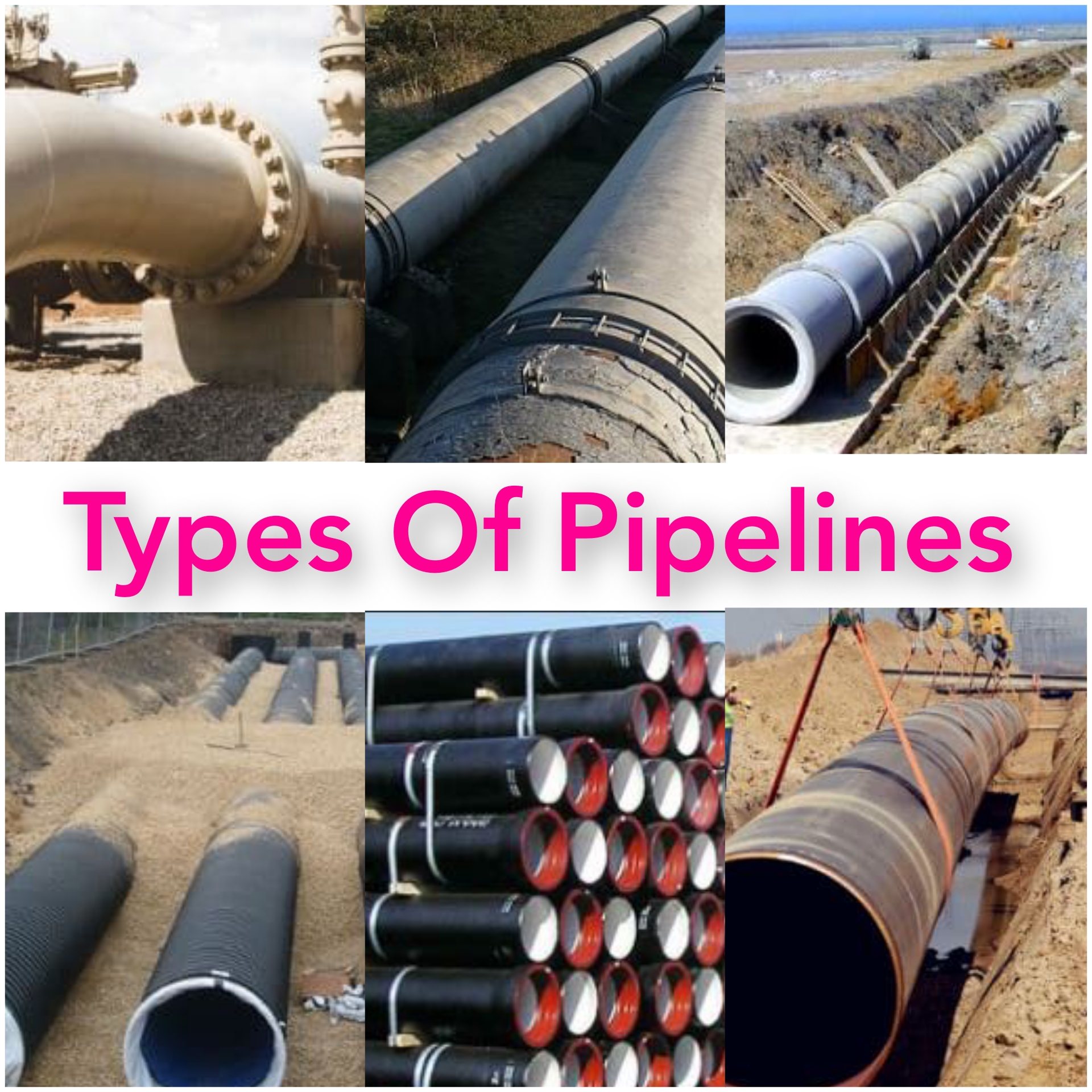TOP 100 PDMS AND E3D COMMANDS USED BY GOOD PROCESS/POWER/OTHER PLANT DESIGNER
PDMS is tool cum commands based software by AVEVA Company. The PDMS software now has replaced by E3D (Everything 3D). We can design piping , equipment, HVAC, structure, cable trays, etc. In E3D as per ASMEB31.3 and ASME B31.1. E3D is very good customization of PDMS Tool for designer and modeler. AVEVA E3D Design is … Read more







